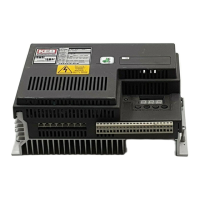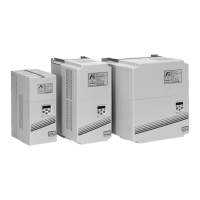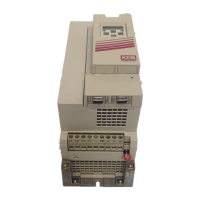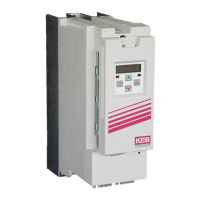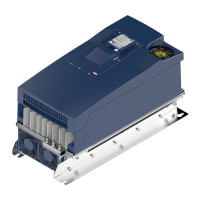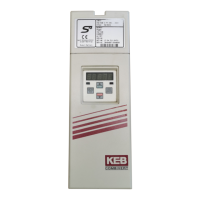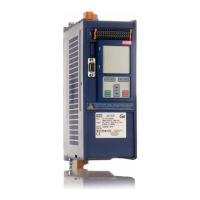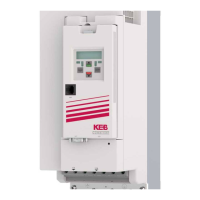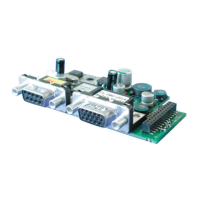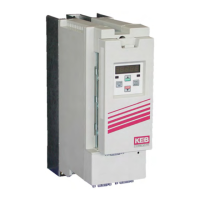7
5. Open Loop, V/Hz Startup Steps
Open Loop, volts per hertz (V/Hz) control does not use feedback from an encoder for operation. Instead,
it relies on a volts per hertz ratio that remains constant over a set speed (frequency) range. Open Loop,
V/Hz allows for quick and easy setup and does not require motor data or an encoder to operate. Follow
the steps below for Open Loop, V/Hz motor control startup.
1. Set CP02 = 1 for Open Loop, V/Hz.
2. Enter the basic motor information from the motor nameplate (Optional, used for reference only).
- CP03 = Rated Power (kW), P
(kW)
= P
(hp)
x 0.746. - CP06 = Rated Frequency (Hz).
- CP04 = Rated Speed (rpm). - CP07 = Rated Voltage (V).
- CP05 = Rated Current (A). - CP08 = Rated cos (phi) [Power Factor].*
*Use 0.90 if unknown.
3. Set CP11 Electronic Motor Overload Protection.
- For single motors, set the CP11 = 0 ‘Error, No Auto Retry’.
- Set CP12 Electronic Motor Overload Protection Current = Motor Rated Current.
- For parallel motors, set CP11 = 6 ‘Warning by Digital Output’.
- CP12 is not used when CP11 = 6 ‘Warning by Digital Output’.
4. Set Speeds and Accel/Decel Times (See Section 7 for ACTUAL accel/decel time calculation).
- CP13 = High Speed (rpm).
- CP14 = Low Speed (rpm). - CP16 = Acceleration Time.**
- CP15 = Inspection Speed (rpm). - CP17 = Deceleration Time.**
**CP16 or 17 = 1000(Desired Accel or Decel Time - 5 sec.) / Command RPM
5. Set CP18 = Motor Rated Frequency.
6. Motor Ready to Operate (See Section 8 for Drive faults and Section 9 for Operational Problems).
7. Adjust as necessary.
- Speeds, CP13 - 15.
- Accel/ Decel Times CP16 - 17.
- Open Loop Low Speed Torque Boost, CP19.

